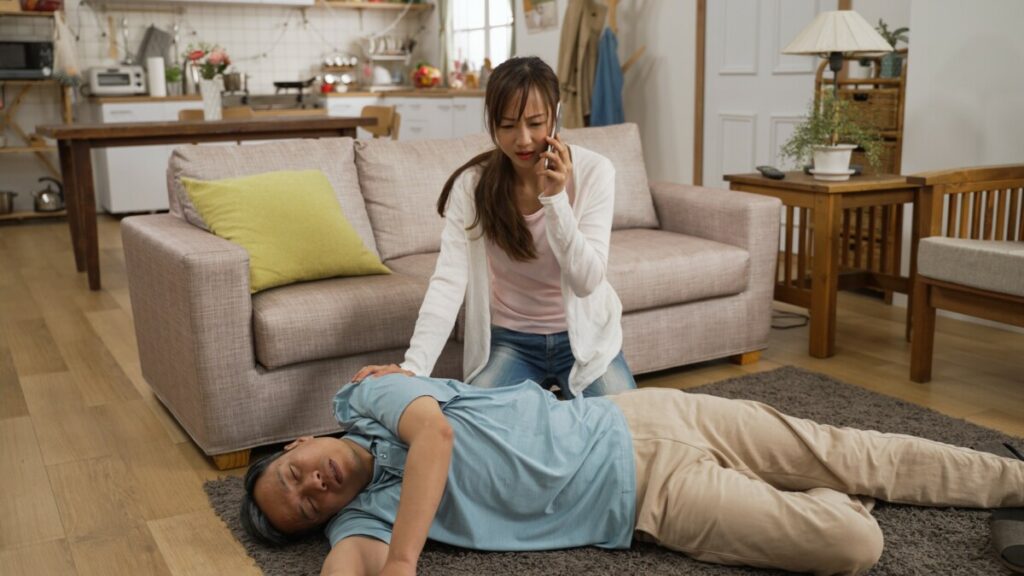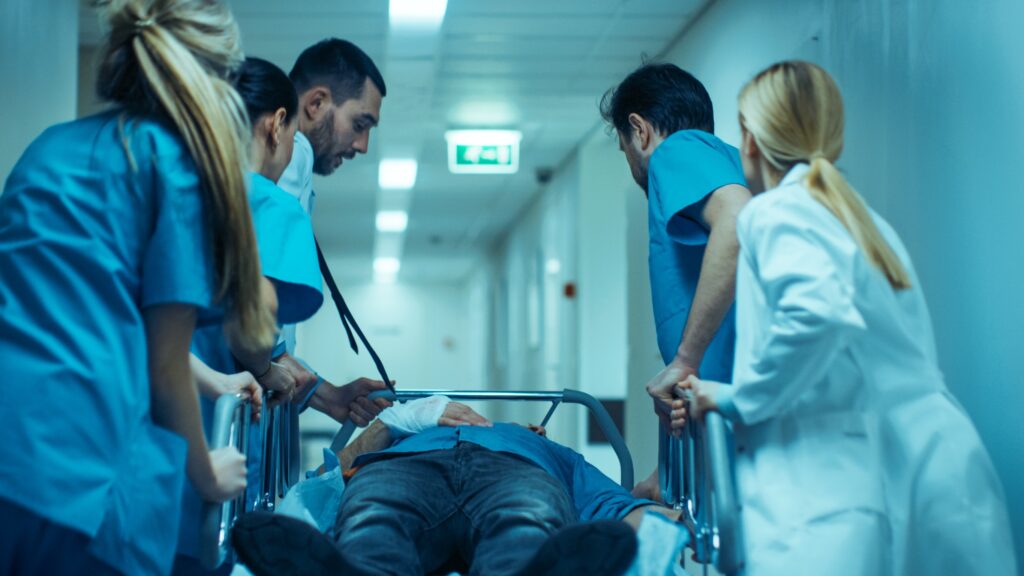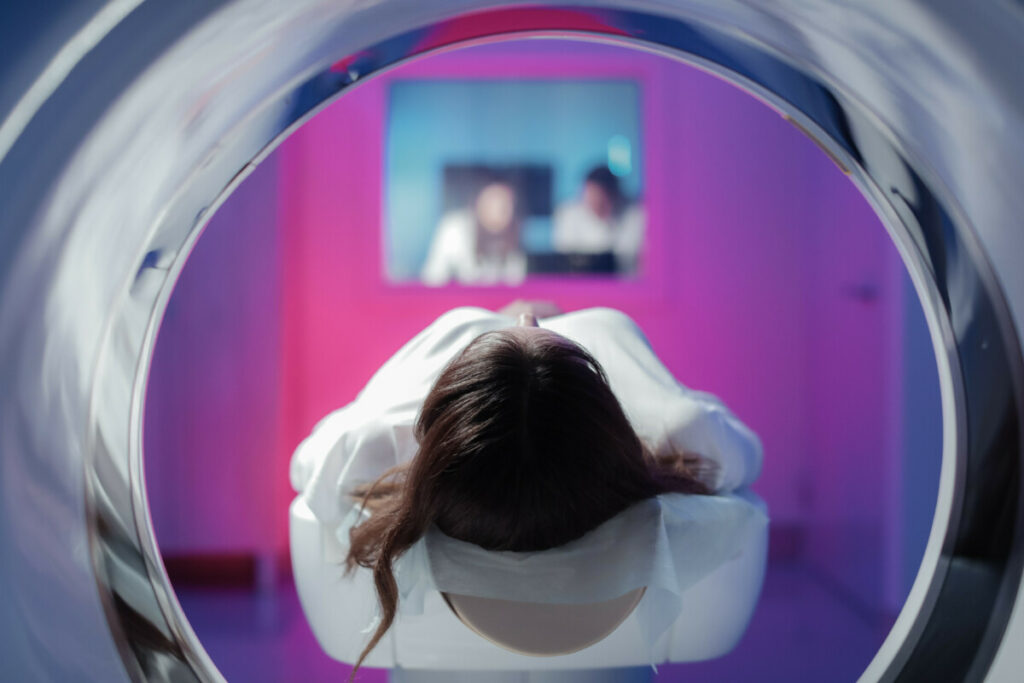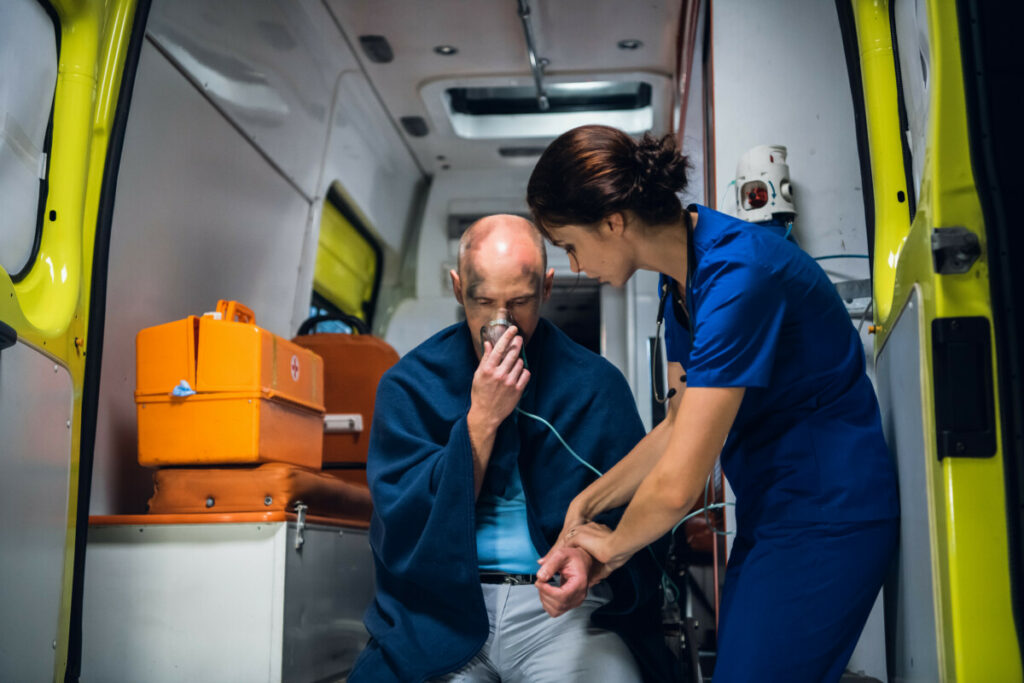This post may contain affiliate links, which means if you enroll through my link, I’ll receive a small commission at no extra cost to you.

Many people in the United States don’t have health insurance. However, that doesn’t mean that they don’t have to go to the emergency room because of a medical emergency. So, how much should you expect an emergency room visit to cost without insurance?
It costs about $2,200 for an emergency room visit if the patient is uninsured. Costs will vary depending on the emergency type and the severity of the injury or illness. Many hospitals offer payment plans for uninsured patients. Some hospitals provide financial assistance for these patients.
Emergency hospital visits are not something that anyone plans on, and the expenses are even less expected. This can leave individuals in a really difficult financial situation, especially when they are not insured. Keep reading to learn about the cost of an emergency room visit when uninsured, financial assistance, when to seek medical help, and even some alternatives to emergency room visits.
Emergency Type And Severity Will Determine Costs for Uninsured
The average cost of an emergency room visit without insurance is about $2,200, but emergency room visits can cost as little as $150 or as much as $3,000. If you’re admitted to the emergency room and you are insured, this cost is significantly reduced to about $50 to $150. However, if you do not have health insurance, you can expect to pay hundreds or even thousands of dollars for medical treatment.
The more severe your injuries or illness are when you go to the emergency room, the more the visit will cost. When you get to the emergency room, you will be put into a category based on your symptoms or injuries: low, moderate, high, and critical.
Low($150-$220): This level is when the condition isn’t serious and the emergency room can handle it without specialists or extensive treatment.
- Cuts and bruises: Cuts and bruises that can be easily bandaged and healed with proper ointments.
- Colds and flu: Sore throat, stuffy nose, and minor coughs.
- Sprains and strains: Sprains and strains can be healed through rest, compression, and ice.
- Inflammation of hairs/skin: Folliculitis and cellulitis are conditions that can be healed with proper cream and ointments.
Moderate ($400-$610): This level may require a diagnosis or treatment for the patient done by an ER doctor but remains low enough that no further action is required as long as it is treated quickly and properly.
- Asthma attacks: Must be treated immediately to offset other serious health issues. It can be treated within a few minutes to hours.
- Infections: Urinary and ear infections can cause discomfort and fever.
- Second-degree burns: Second-degree burns are burns that scar the deeper layers of the skin. there are two types: superficial and deep partial-thickness burns.
- Allergic reactions: Allergies come in many forms such as hives, swelling, and difficulty breathing. Severe allergic reactions are often categorized as moderate by emergency room nurses.
High ($1,000-$1,400): At this level, multiple diagnoses and/or treatments are implemented when the previously mentioned conditions and others are not treated immediately. Conditions and injuries that fall into this range may require a full team of nurses and Emergency Room doctors to work on the patient.
- Extreme pain: Any pain that cannot be reduced regardless of the effects of over-the-counter medications.
- Fractures and dislocations: Fractures and dislocations are non-life-threatening as long as they don’t pierce any vital organs, but they are considered highly important by emergency room nurses.
- Dehydration: If oral rehydration methods do not work, dehydration is dangerous and requires other solutions. If not treated quickly dehydration can lead to shock, organ failure, and death.
Critical (~$20,000): This level means that the patient must undergo critical care procedures (multiple diagnoses and treatments and potential transfer to another facility) and may require immediate surgical interference.
- Heart attacks: This issue involves circulatory complications due to the blood flow to the heart being blocked, resulting in heart attacks or other related issues. CPR and resuscitation methods will be used to attempt to revive the patient along with defibrillators and drugs.
- Aortic rupture: An aortic rupture is a rupture in one of the four aortic valves found in the human heart. This causes a massive amount of internal breathing and is fatal unless treated as soon as possible.
- Poisoning: Ingesting or inhaling toxic substances found in cleaning products, lead, plants, animals, and medications. If you have carbon monoxide poisoning, you will likely be considered critical when you get to the emergency room.
- Strokes: Much like heart attacks, if you have a stroke, blood flow to the brain is blocked, resulting in brain damage.
These levels can also be known as triage, as it helps emergency room nurses identify the conditions of the patients effectively. Other designations for medical conditions can be labeled “non-urgent”, “semi-urgent”, or “urgent”. Another can be forms of ER codes. Codes such as 99281 (straightforward: level 1), 99281 (low: level 2), 99283 (moderate: level 3), 99284 (moderate to high: level 4), and 99285 (high: level 5) provide further details of the complexity of the condition and what actions are to be considered.
These are only the base costs. This does not include any additional fees such as a doctor’s fee, ER occupancy fee, tests and diagnostics, and other services rendered. It also does not account for the location of the facility, as emergency rooms in large cities tend to charge more than emergency rooms in small cities.

Can Hospitals Provide You with Financial Assistance?
In nearly all cases, uninsured patients cannot afford to pay their emergency room medical bills because they are too high to pay out-of-pocket. Because of this, some hospitals are willing to work with uninsured patients and provide financial assistance.
This financial assistance from hospitals will often come in the form of discounts, payment plans, or free or reduced-cost medical services. Payment plans will allow you to spread a large one-time payment into smaller monthly payments. For those in a vulnerable financial position, you may qualify for reduced or waived medical bills depending on where you live and how much money you earn yearly.
Some financial assistance from hospitals may involve helping uninsured patients find a program that can help them pay their medical bills and potentially get free or cheap health insurance in the future.
What To Do If You Do Not Have Health Insurance
Navigating yourself out of a medically uninsured situation does not have to be a tedious task. There are plenty of people in the United States that do not have complete coverage under their medical insurance, and some people have no insurance coverage at all. Instead of worrying about this, you can find alternatives to compensate for this insurance status easier than you might think.
Here are some solutions that can help you receive low-cost emergency medical care.
Find Low-Cost or Free Healthcare Clinics
Not all healthcare clinics cost a fortune. It is possible to find ones that are low-cost or even ones that offer free services. While you might not want to be price-browsing during a medical emergency, as long as you prepare for a medical emergency, there is a good chance that you can find a hospital or clinic near you that meets your budget. However, if you or someone around you is having a medical emergency and a cheap medical facility is far away, it is best to go to a closer emergency medical care facility instead.
Search for free or low-cost healthcare clinics online search or by word-of-mouth.
Negotiate with Providers
Much like working with hospitals themselves, you can work with any medical provider to settle on costs. When receiving treatment see if they can provide generic medicines or tests. While it might not seem like it helped a lot when looking at your emergency room visit bill, you are going to be glad that you were able to save a couple of dollars here and there.
After you receive your bill, you might be able to negotiate the cost with the facility that administered care as long as you tell them that you are uninsured.
Check for Assistance Eligibility
There are many assistance programs that you can be eligible for if you make an effort to check their eligibility. This can relate to purchasing health insurance on the marketplace in that if eligibility requirements are met, you can find options that do not require payment. These eligibility programs may cover just as much as health insurance would and are likely much cheaper for you to use.
Drive to the Emergency Room
One easy way to save yourself some money on an emergency room visit if you do not have health insurance is to drive to the emergency room yourself instead of using an ambulance. Earlier, we talked about how an emergency room visit can cost you over $2,000. If you are driven to the hospital via ambulance, you can expect to pay another $1000 to $2000 out-of-pocket.
If you or someone else has a serious but non-threatening injury, you can save yourself hundreds or even thousands of dollars by going directly to the emergency room yourself. However, you should exercise your best judgment when deciding whether or not to drive yourself to the emergency room.
If someone has a critical injury, they will benefit from being driven to the emergency room via ambulance, and the EMTs in the ambulance may even save their life. If you are injured in a way that limits your vision, mental focus, or ability to drive safely, it is better to use an ambulance.
What Are Some Emergency Room Alternatives?
It is important to note that emergency rooms are not the same as urgent care facilities. However, that does not mean you should not consider going to urgent care if an emergency room visit is not financially feasible.
Urgent care centers are for the immediate treatment of patients that cannot wait for a day or two. Urgent care patients are sometimes transferred to emergency rooms because of the severity of the injury or illness of the patients.
Emergency rooms, on the other hand, operate similarly to urgent care, however, they provide more resources for a medical professional’s needs. They evaluate and then treat the patient according to the situation. These are typically the aftermath of urgent care situations.
The cost of an urgent care center visit is lower than an emergency room visit for both insured and uninsured patients. Uninsured patients will be charged somewhere between $150-$200 for this kind of visit. Urgent care centers also are typically open longer than doctor’s offices. Emergency rooms are typically open 24/7, which means that they are open longer than urgent care centers.
When to Seek Medical Help

If you have the following injuries or symptoms, go to the emergency room even if you are uninsured.
- If you or someone else is struggling to breathe.
- If there is excessive bleeding.
- If there is a large, deep cut that will need stitches.
- If there are serious burns on the skin.
- If there is a head injury.
- If someone is in an unbearable or excessive amount of pain.
Going to the emergency room tends to be about 12 times more expensive than a routine doctor’s visit. To help keep you from spending money you may not have when you’re uninsured, it’s best to detect early signs of potential health issues before it is too late so you can go to the doctor rather than the emergency room.
If there is a sudden or life-threatening health condition, it is best to get treatment at an emergency room and worry about money later. You will likely be able to pay for your emergency room visit in installments that are relatively affordable for you and your family.
Overall, it costs a lot of money to go to the emergency room, especially if you don’t have health insurance. Luckily, if you have a medical emergency and don’t have health insurance, there are things that you can do to lower the cost of your emergency room visit, and you can visit emergency medical facilities that are free or extremely cheap.
No Insurance?
When it comes to your healthcare, most people think that their only options are to pay for expensive Health Insurance or try out your luck being uninsured.
The great news is that you have a third option; You can join a Health Share plan that is affordable and meets your needs! Health Sharing programs are one of the most effective and affordable alternatives to Health Insurance.
If you don’t know what a Health Share is, you can start here to learn how it works and why it’s a great alternative to health insurance. If you are looking for affordable healthcare, I highly recommend checking out my article about the Best Health Share Plans.
Health shares are not insurance and do not offer insurance coverage. Membership in a health share does not guarantee the payment or reimbursement of medical expenses. Each organization operates under its own membership guidelines, which determine what expenses may be eligible for sharing. This publication is for informational purposes only and is not provided by an insurance company. For state-specific notices and full program details, please visit the respective health share’s official website.





Leave a Reply